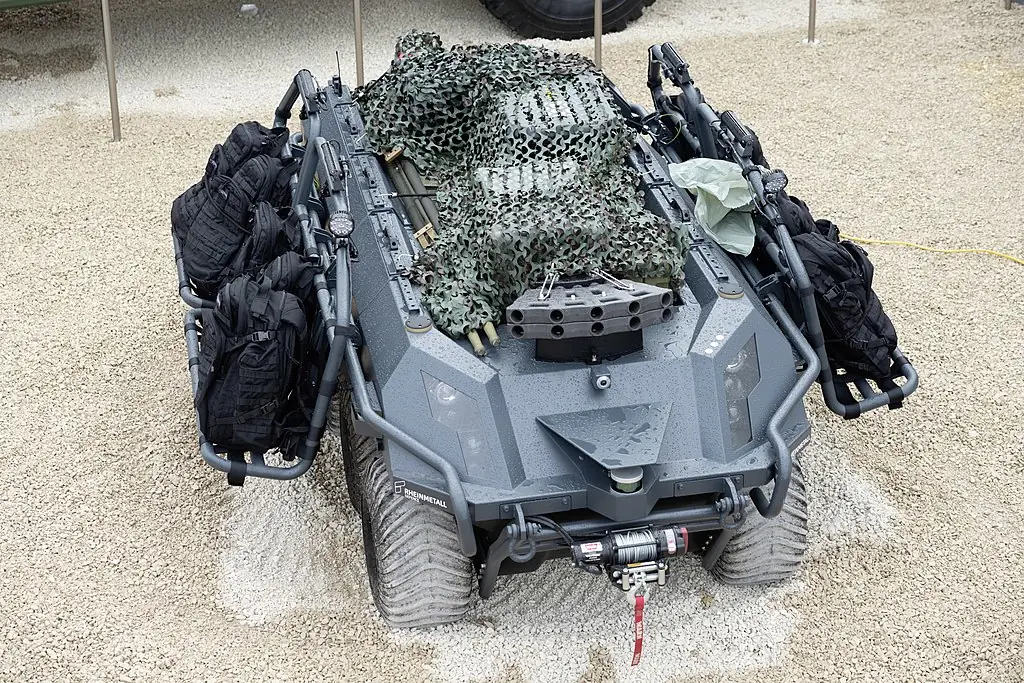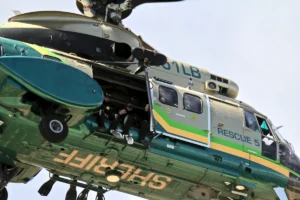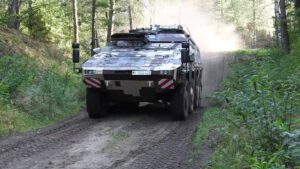UGVs are systems that operate on land surfaces or in aquatic environments and represent the extension of human capabilities in areas considered unsuitable or unsafe for humans. UGVs can be configured in various ways according to the task or environment in which they must operate, whether teleoperated or pre-programmed and semi-autonomous or autonomous.
This type of robot operates on a wide variety of terrains, it carries out dangerous activities, replacing humans or interacting with them through cutting-edge technologies such as HMI. Unmanned vehicles plays a key role in various fields including the military, where they have various applications in defence sector to perform reconnaissance and attack missions in urban and remote environments, surveillance, CBRNE detection, MEDEVAC operations. In civilian scenarios is an essential tool to conduct search and rescue operations in dangerous terrain and firefighting tasks.
In this article we will focus on the Unmanned Ground Vehicle (UGV) used in the military sector during MEDEVAC (Medical Evacuation) tasks.

These robotic UGVs operate without a pilot on board, are remotely controlled or autonomous, in this case the UGV automatically detects and avoids obstacles. It is a vehicle capable of perceiving its environment and moving without any operator intervention.
They can offer important advantages during critical emergency and disaster situation, for the evacuation of injured personnel. They are equipped with specific stretchers and equipment for advanced life support and patient stabilization. UGV on wheels, tracks or legged systems used for military purposes are very robust, remotely piloted system or autonomous and can move through snow, sand and in aquatic environments.
Technological developments of automation and autonomous vehicles today are of great interest to military operations. Armed Forces have adopted unmanned vehicles to more efficiently face the challenges on the battlefield.
The UGV represents an important tool for assistance during casualty evacuations tasks, in the search for survivors, for delivery of medical supplies. Most vehicles used for transporting casualties have good mobility and stability on rough terrain, capable of carrying a payload. Using an autonomous or semi-autonomous UGV vehicle during military operations, the exposure of personnel to enemy threats is reduced, as well as increasing efficiency of Combat Medic personnel and reducing the number of unit members required to quickly evacuate the casualty.
Paolo Mazzone
SubEng and HSE Adviser
The Human Machine Interface (HMI) software, allows operators to manage and interact with autonomous vehicles via touch screens and a Graphical User Interface (GUI) or buttons, rotary controllers, scroll functions and through voice recognition technology.
Threats can be intentional or accidental, they are caused by Chemical, Biological, Radiological, Nuclear, Explosive (CBRNE) materials, with or without the aid of explosives.
Images
Cover: WAREX-Global_Medic_2013_130717-F-AH330-149, U.S. Army UH60 Black Hawk helicopters Staff Sgt. Heather Cozad Staley, Public domain, via Wikimedia Commons
Article: Mission maste UGV, Angela Blattner, Rheinmetall Defence, CC BY-SA 4.0 https://creativecommons.org/licenses/by-sa/4.0, via Wikimedia Commons



